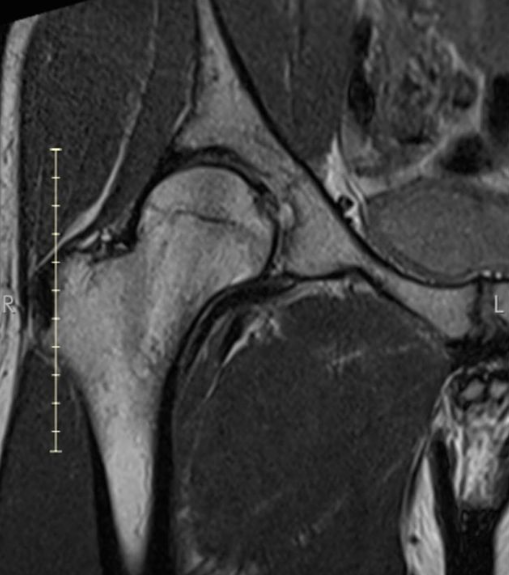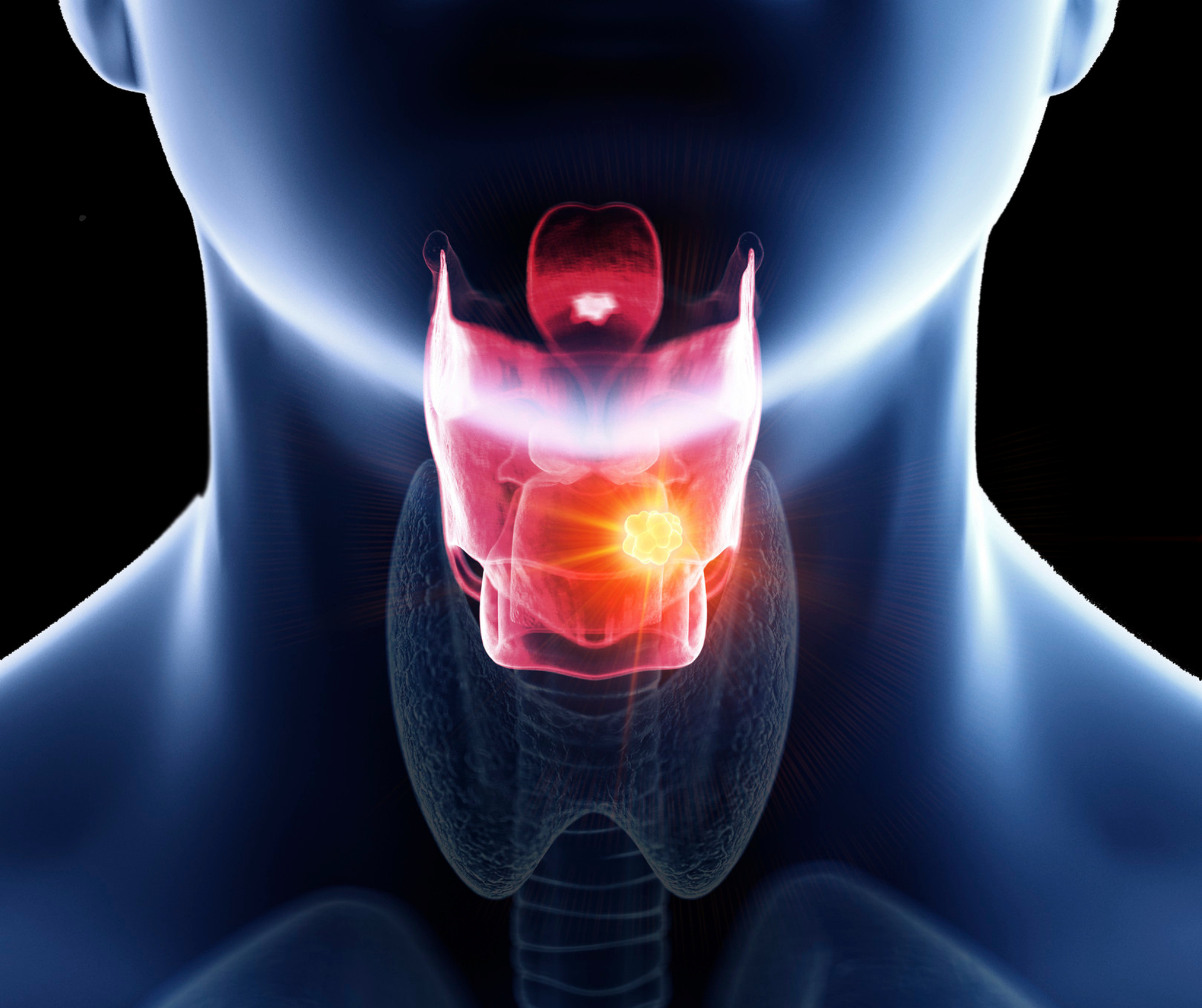A Recent Case Study in Clinic of a Stress Fracture we Picked up
BSI in runners are more prevalent than you might think. We had an interesting case in clinic recently, a 27 year old runner, training for the London Marathon.
A very fit, active & healthy, Experienced athlete, good training history and works as a Personal Trainer. Presented with anterior hip pain, complaining of a hip flexor strain.

Based on the history and physical examination, it clearly wasn’t a hip flexor strain and we arranged an MRI to assess the hip joint, it confirmed an early stress fracture to the neck of his femur.
These are relatively common overuse injuries in runners. Often seen in running and jumping athletes and are associated with increased volume or intensity of training workload
Common sites for a BSI include:
- Femur
- Tibia (Shin Splints)
- Fibula
- Metatarsals
Shin splints is the most common form of early stress injury. This diagnosis reflects a spectrum of medial tibial pain in early manifestations before developing into a stress fracture.
BSI can often take weeks and sometimes months to be diagnosed. An Xray is probably not the best way to investigate, as changes can take months. An MRI or a Bone Scan is more sensitive at detecting changes.
Through early diagnosis and a structured management plan, the prognosis should be a full recovery and a return to running in 6-12 weeks. If not diagnosed at the right stage and poor management, these can worsen and worst case end up needing surgery.
If you suspect a BSI or would like any help with a pain or an injury, get in touch now and speak to an expert Physiotherapist:
Call: 01245 895410
Email: hello@chelmsfordphysio.co.uk



